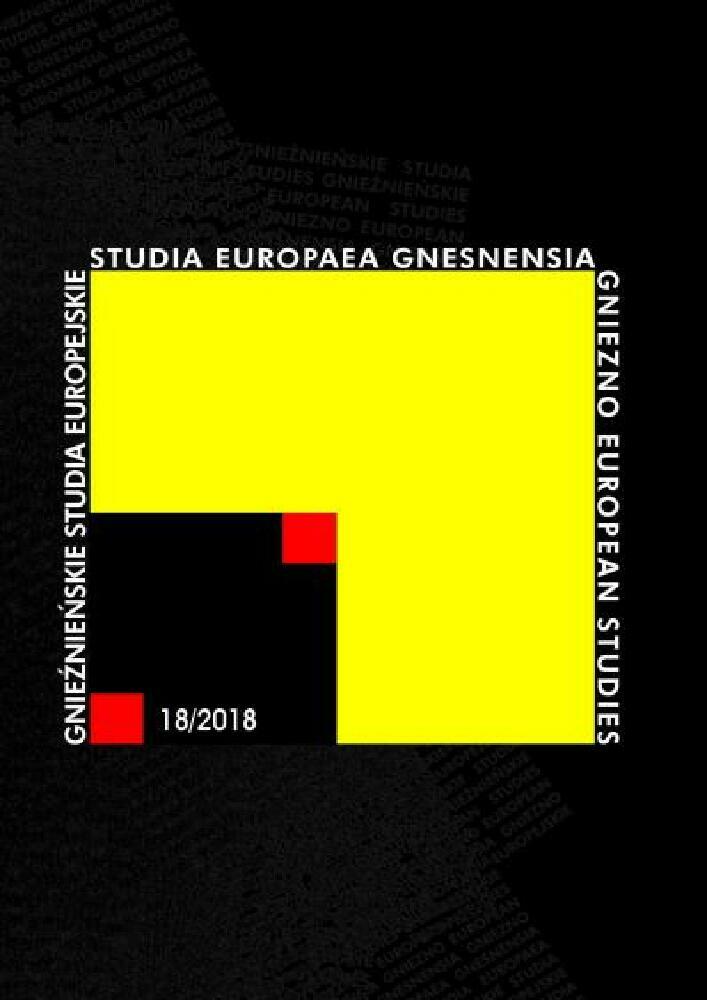Résumé
In this paper, I discuss various kinds of feasts in Old Norse-Icelandic literature, such as wedding, funeral, or sacrificial feasts. I discuss feasting, an important part of the culture of medieval Iceland, much more in terms of its functions (political, social, religious) than in terms of its culinary aspect. In addition, I consider how religious traditions impacted Old Icelandic food culture and how food taboo related to horse-meat consumption (declared just after the conversion of Iceland to Christianity in 1000 CE) affected social interaction.
Références
B = Bandamanna saga, oprac. G. Jónsson, Reykjavík 1936 (ÍF VII).
E = Saga o Egilu, tłum. A. Załuska-Strömberg, Poznań 1974.
EY = Eyrbyggja saga, oprac. E.Ó. Sveinsson, M. Þórðarson, Reykjavík 1935 (ÍF IV).
G = Saga o Gunnlaugu Wężowym Języku, tłum. A. Załuska-Strömberg, Wrocław 1968.
HT = Saga o Hønsa-Thórim, tłum. F. Kuklewski, Sandomierz 2009.
L = Saga rodu z Laxdalu, tłum. A. Załuska-Strömberg, Poznań 1973.
N = Saga o Njalu, tłum. A. Załuska-Strömberg, Poznań 1968.
S = Saga o rodzie Sturlungów, tłum. H. Pietruszczak, Zgorzelec 2017.
VG = Saga o Viga-Glumie, tłum. Ł. Malinowski, Sandomierz 2010.
Andersson T.M. 2012, The Partisan Muse in the Early Icelandic Sagas (1200-1250), Ithaca, NY.
Boswell J. 1988, The Kindness of Strangers. The Abandonment of Children in Western Europe from Late Antiquity to the Renaissance, Chicago.
Brown D.E. 1991, Human Universals, New York.
Brown [Dronke] U. 1946-53, The Saga of Hrómund Gripsson and Þorgils saga, Saga-Book of the Viking Society, 13, p. 51-77.
Clover C.J. 1988, The Politics of Scarcity. Notes on the Sex Ratio in Early Scandinavia, Scandinavian Studies, 2, p. 147-188.
Clunies Ross M. 2011, A History of Old Norse Poetry and Poetics, Cambridge.
Dennis A. i in. (red.) 1980, Laws of Early Iceland: Grágás, t. I, Winnipeg.
Di Nola A.M. 2006, Tryumf śmierci. Antropologia żałoby, tłum. J. Kornecka i in., Kraków.
Foote P. 1953-57, Sagnaskemtan: Reykjahólar 1119, Saga-Book of the Viking Society, 14, p. 226-239.
Hillgarth J.N. (red.) 1969, Christianity and Paganism, 350-750. The Conversion of Western Europe, Philadelphia.
Jakobsson S. 2008, The Peace of God in Iceland in the 12th and 13th Centuries, [w:] P. Krafl (red.), Sacri canones servandi sunt. Ius canonicum et
status ecclesiae saeculius XIII-XV, Praha, p. 205-213.
Jochens J. 1986, Consent in Marriage: Old Norse Law, Life, and Literature, Scandinavian Studies, 2, p. 142-176.
Jochens J. 1995, Women in Old Norse Society, Ithaca, London.
Jochens J. 1999, Late and Peaceful. Iceland’s Conversion through Arbitration in 1000, Speculum, 3, p. 621-655.
Lawing S.B. 2013, The Place of the Evil: Infant Abandonment in Old Norse Society, Scandinavian Studies, 2, p. 133-150.
Loumand U. 2006, The Horse and its Role in Icelandic Burial Practices. Mythology and Society, [w:] A. Andrén (red.), Old Norse Religion in Long-Term Perspectives: Origins, Changes, and Interactions, Lund, p. 130-134.
Martin J.D. 2003, Svá lýkr hér hverju hestaðingi : Sports and Games in Icelandic Saga Literature, Scandinavian Studies, 1, p. 25-44.
McTurk R. (red.) 2005, A Companion to Old Norse-Icelandic Literature, Malden.
Meens P. 2002, Eating Animals in the Early Middle Ages. Classifying the Animal World and Building Group Identities, [w:] A.N.H. Creager, W.C.
Jordan (red.), The Animal/Human Boundary: Historical Perspectives, Rochester, p. 3-28.
Montanari M. 2015, Medieval Tastes. Food, Cooking, and the Table, New York.
Morawiec J., Neubauer Ł. (red.) 2015, Sagi islandzkie. Zarys dziejów literatury staronordyckiej, Warszawa.
Nordal G. 2001, Tools of Literacy. The Role of Skaldic Verse in Icelandic Textual Culture of the Twelfth and Thirteenth Centuries, Toronto.
Nordal S. 1990, Icelandic Culture, Ithaca, New York.
Pálsson V. 2017, Language of Power. Feasting and Gift-Giving in Medieval Iceland and Its Sagas, Ithaca, NY.
Pentikäinen J. 1990, Child Abandonment as an Indicator of Christianization in the Nordic Countries, [w:] T. Ahlbäck (red.), Old Norse and Finnish Religions and Cultic-Place Names, Åbo, p. 72-91.
Pulsiano P., Wolf K. (red.) 1993, Medieval Scandinavia: An Encyclopedia, New York, London.
Schach P. 1982, The Theme of the Reluctant Christian in the Icelandic Sagas, The Journal of English and Germanic Philology, 2, p. 186-203.
Shortt Butler J. 2014, Húsdrápa. A Skaldic Poem in Context, [w:] M. Hem Eriksen i in. (red.), Viking Worlds: Things, Spaces, and Movement, Oxford, p. 28-42.
Sigurðsson J.V. 2015, The Wedding at Flugumýri in 1253: Icelandic Feasts between the Free State Period and Norwegian Hegemony, [w:] W.Jezierski i in. (red.), Rituals, Performatives, and Political Order in Northern Europe, Turnhout, p. 209-235.
Simoons F.J. 1984, Eat Not This Flesh: Food Avoidances from Prehistory to the Present, Madison.
Strömbäck D. 1975, The Conversion of Iceland. A Survey, London.
Thorgilsson A. 2013, Księga Islandczyków (Íslendingabók), tłum. A. Foryt, Sandomierz.
Tranter S.N. 1992, Wed in Haste, Dissent at Leisure : The Marriage Feast as a Structural Component in Icelandic Feud, [w:] H.L.C. Tristram (red.), Medialität und mittelalterliche insulare Literatur, Tübingen, p. 209-235.
Turville-Petre G. 1972, Nine Norse Studies, London.
Turville-Petre G. 1975, Myth and Religion of the North. The Religion of Ancient Scandinavia, Westport, Connecticut.
Vésteinsson O. 2000, The Christianization of Iceland. Priests, Power and Social Change 1000-
-1300, Oxford.
Zori D. i in. 2013, Feasting in Viking Age Iceland: Sustaining a Chiefly Political Economy in
a Marginal Environment, Antiquity, 87, p. 150-165.

